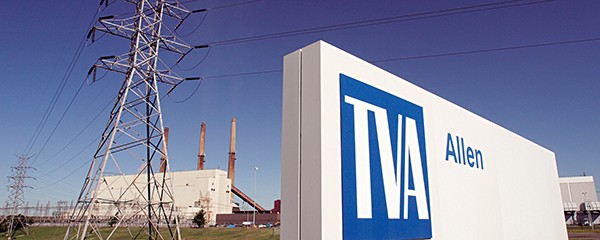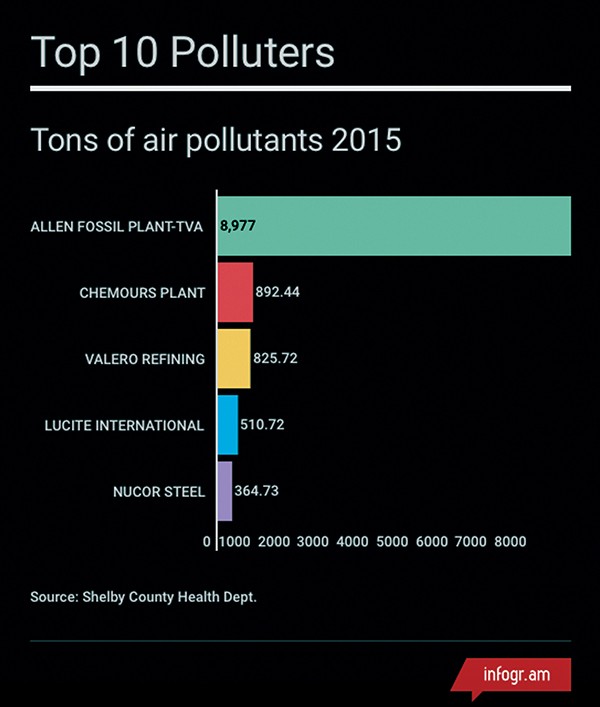Shelby County’s air quality has improved in the years since Memphis shuttered its vehicle emission testing facilities in 2013, but that’s not because the testing program ended, a county official said.
The city long struggled to comply with the U.S. Environmental Protection Agency’s (EPA) standards for ozone pollution. During that struggle, the Memphis City Council voted to stop funding vehicle emissions testing stations here, which cost $2.7 million to run annually. Despite that move, the city met the EPA’s air standards last year.
While vehicle emissions did increase air pollution in the years after the city ended the testing program, other factors, like some factory closings, helped improve the county’s overall air quality, said Elizabeth Hart, public information officer with the Shelby County Health Department (SCHD).

“Ending tailpipe testing did not improve overall air quality,” Hart said. “Decreases due to industrial reductions and … removing many of the old, dirtiest vehicles from the street [had a] much greater [effect on air quality] than the small increase from ending the program.”
Congressman Steve Cohen championed the closing of vehicle inspection programs at the time, saying “Memphians shouldn’t have to shoulder an additional burden because of a faulty testing system that discriminates against those who often don’t have the means to afford repairs that have little or no effect on their vehicle’s emissions.” Shelby County Mayor Mark Luttrell said back then that 2011’s closing of the Cleo manufacturing plant “reduced air pollution enough to prevent the need to continue tailpipe testing.”

The Allen Fossil Plant continues to be Memphis’ greatest polluter. The plant, which burns coal to power the city, generated a total of about 8,978 tons of air pollutants in 2015, according to SCHD figures. The Tennessee Valley Authority (TVA) will soon replace it with a natural gas energy plant, making use of the latest technology to reduce pollutants. Not without criticism, though, as the TVA has garnered protest for its plans to suck up 3.5 million gallons of water per day from the Memphis Sand aquifer to cool the plant.
Shelby County’s quality of air continues to improve. Figures from the Health Department show that the Mid-South’s air quality is below the EPA’s national ambient air quality standard. Ozone, a gas that can provoke health problems such as chest pain, coughing, throat irritation, and congestion when at ground level, has steadily decreased in our air over the past few years. Such has been the case with a substance health officials call PM2.5, fine particles less than the width of a human hair, that can get stuck in the lungs and cause more serious health issues.
“Year to year, air quality can vary some — up or down, but the overall trend is in the right direction,” Hart said.
One of the health department’s considerable struggles is raising individual awareness about how citizens can improve the air quality, Hart said. Dennis Lynch, a leader of the local Sierra Club, said there are numerous ways to do this: plant a tree, don’t top off your gas tank, and drive less.
“Trees produce oxygen, as well as clean the existing air,” Lynch said. “A single tree can absorb 2,000 pounds of CO2 in its lifetime. Overfilling wastes gasoline and releases toxic benzene into our air. Every mile you don’t drive saves one pound of CO2, and reduces other pollutants as well.”